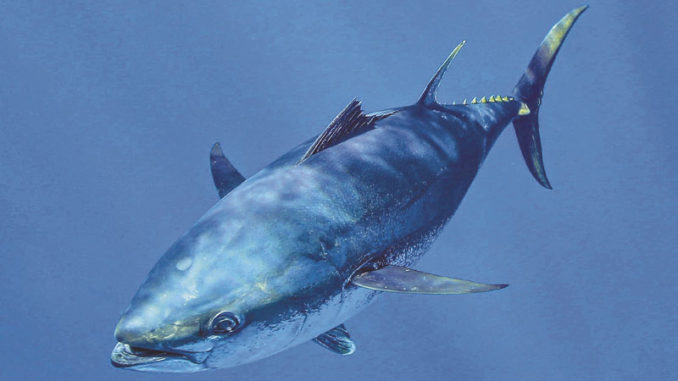
February is prime time for giant bluefins
February is arguably one of the coldest months of the year in the Northern Hemisphere. Inshore anglers are squeezing a few reds and trout out of the backcountry waters. And most offshore anglers head to the Gulf Stream in search of a rip-roaring wahoo, bull dolphin, or chunky blackfin tuna.
The winter months are fantastic to catch a mixed bag of species. But anglers looking to challenge the king-of-all finned opponents will venture to the Outer Banks of North Carolina to wrestle with a giant bluefin tuna.
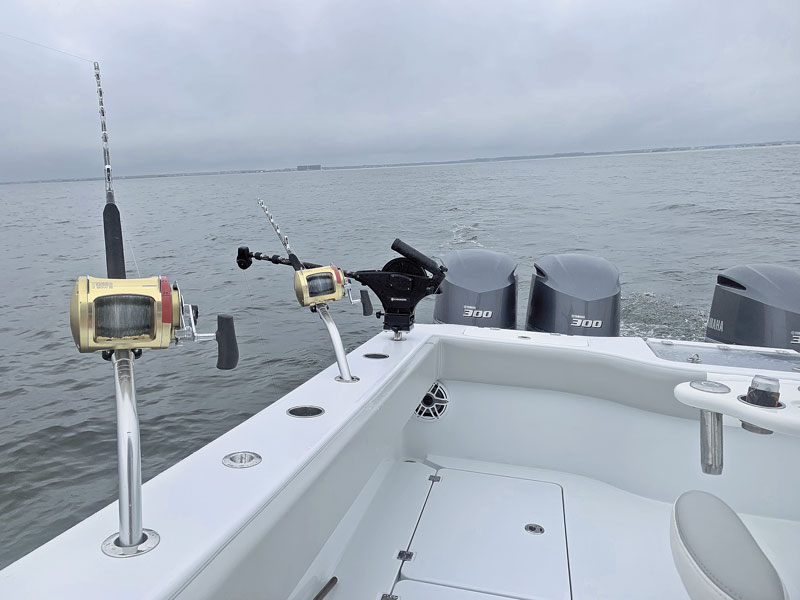
Out of every fish on the planet, bluefin tuna win the top position for international fame. That’s for several reasons, from extraordinary payouts at the dock to being the celebrity focus on Nat Geo’s Wicked Tuna TV show. Massive bluefins bless anglers all across New England’s shores. But Carolina anglers don’t have to travel halfway up the continent to get a shot at one of these giants because North Carolina’s Outer Banks offers excellent access to the bluefin’s migratory path.
Bluefin tuna are highly pelagic fishes with extraordinary migration routes across the globe. The Atlantic bluefin have been classified into two major groups based on their migratory patterns and spawning destinations.
Capt. Kevin Sneed of Rigged and Ready Fishing Charters and Rigged and Ready Tackle in Holden Beach, N.C. is an avid bluefin tuna angler. He has continued success each year along the North Carolina coastline.
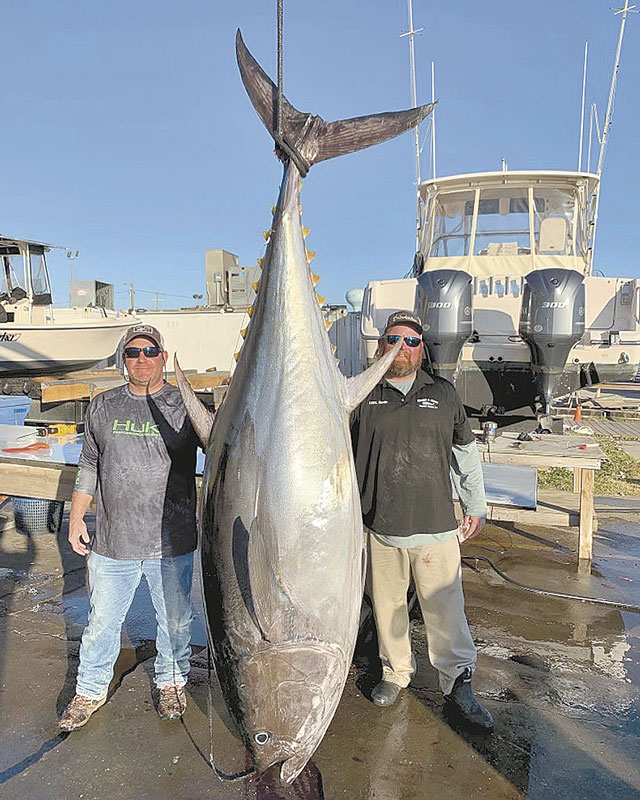
Bluefin tuna are heading south
Sneed said the first group of fish arrives in October/November and originates from the Mediterranean. The second group arrives after the first of the year and originates from the North Atlantic. Both groups of fish are traveling south toward the Gulf of Mexico. Unlike many other species, bluefin tuna are warm blooded and can efficiently adapt to the cold weather conditions in winter. But the bait and spawning grounds in the Gulf of Mexico are important for reproduction and fueling migratory travels.
“The fish migrate to the waters off the Outer Banks to gorge on menhaden, bluefish, and whatever else they encounter,” said Sneed (910-448-3474). “We first start catching them in late October and early November through the late winter.”
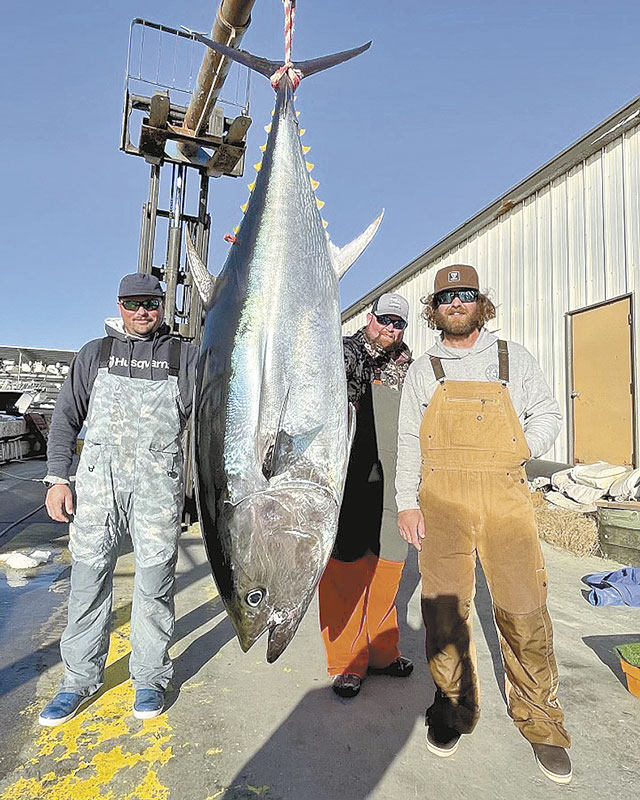
North Carolina’s coastline is quite unique compared to the rest of the Eastern Seaboard. And it is a destination for these massive fishes each and every year. Sneed travels north from his home in Holden Beach, but the fish can be caught all up and down the state’s coast.
“The waters off Carolina Beach, Wrightsville Beach, Morehead City, and all the way to the top of the Outer Banks are great places to fish for bluefin. The huge schools of menhaden come down the coast traveling 5-10 miles per day,” he said.
Early in the season Sneed fishes mostly off Onslow Bay near Morehead City but will shift toward the upper end of the Outer Banks out of Manteo during the coldest days of winter.
Go heavy on the tackle
“We head to the break 40 to 50 miles offshore out of Pirates Cove Marina right where the Labrador Current and the Gulf Stream current meet,” he said.
The intersection of these two currents provides ideal conditions for the North Atlantic group of bluefin to fuel their southerly travels. Typically, this area will have bait and adequate water temperatures.
In the early season, Sneed will slow troll live menhaden and bluefish similar to how he fishes for king mackerel, but with entirely different gear options. He hooks the live bait on an 8 – 10/0 Owner Mutu offset circle hook behind an entire string of heavy gear options made for giant opponents. He uses Reel Easy’s Custom Trident Tuna Rods, Shimano Tiagra 130s rigged with 800 yards of 200-lb test Hollow-core braid, and 250 yards of 150-lb. Momoi Diamond Fluorocarbon.
“My setup may be a little overkill. But you have the potential to catch a 1,500-pound fish,” he said.
In the late season off Manteo, Sneed will switch over to ballyhoo on a keel-weighted Joe Shute Lure if live bait isn’t available. He would still prefer live bait but finding it in February can become a challenge for offshore expeditions.
Nearshore, Sneed will find bluefin set up along the shoals that are funneling southerly migrations of menhaden or shad.
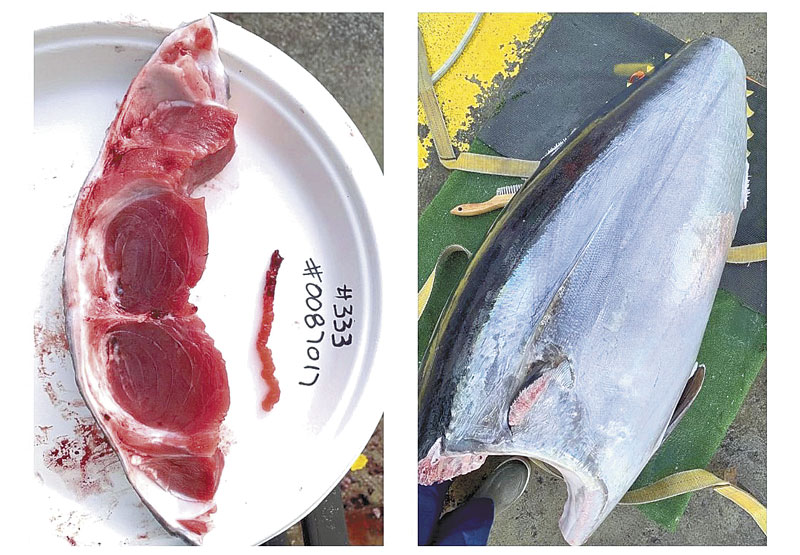
Find the temperature breaks
“The bluefin will set up on the tips of these shoals and gorge on the menhaden when they are rolling through in massive schools. It’s almost like these bluefin are pre-programmed to be there every year right when these massive groups of menhaden are migrating south along these shoals,” he said.
When fishing further offshore, he finds bluefin during the migration routes similar to where offshore anglers find other pelagic fishes in winter right where temperature breaks are present and bait is available. The bluefin are migrating along the Labrador Current and Gulf Stream. And a good accumulation of baitfish will pool these massive giants together.
Sneed trolls a multi-rod setup with an outrigger 250 yards back, a medium line, and a flat line with a 2- to 3-pound head-hooked bluefish.
“We put the circle hook in the head of the bluefish so he swims down and we get a lot of bites on that flat line,” he said.
Bluefin tuna fishing is in an entirely different league with stout gear and a long list of permits and licenses required. In order to target bluefin tuna, anglers must have a N.C. commercial fishing license, a highly migratory species permit with a sail endorsement, and a P-Number on the boat. But this enables anglers to catch and keep one of these massive fishes. Recreational anglers can keep one fish per day as long as it is under 73 inches in length.
“It’s a lot like king mackerel fishing until you hook up and then the fight is on after that,” Sneed said.
Fishing for these giants is definitely a different animal. When an angler battles with a fish two to three times their size, it can be the battle of a lifetime.
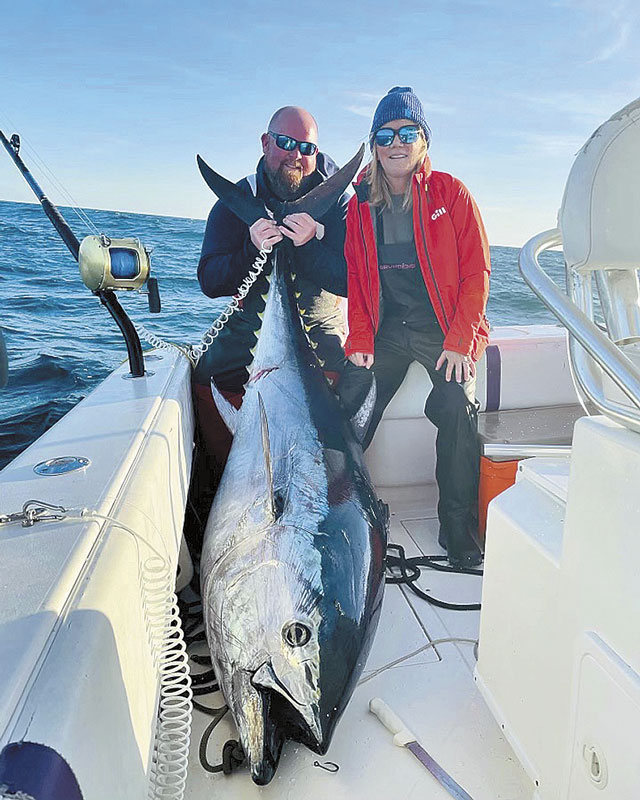
Tag a giant for research
Bluefin Tuna anglers contribute millions of dollars annually to the world’s economy. The deep-red meat is a delicacy around the globe and especially within the Far East when sometimes one fish can bring in over $100,000 at market. But sustainability of this highly migratory species is the responsibility of the world and global research is required to study them. In 1995, The Ocean Foundation created the Tag-A-Giant (TAG) project to study movements of northern bluefin tuna from around the world.
The program uses sophisticated electronic tags to study the movements of these fishes. Nearly 2,000 bluefin tuna have been tagged from more than 15 countries. The tagging data allows scientists to better understand their entire life cycles to be able to make better management decisions worldwide.
The tags are internal tags with the capability to record light transmission, ambient temperature of the water, body temperature, and water pressure. Scientists utilize this data through a series of complex equations to determine sunrise/sunset, when a fish eats, oceanography of the region, and geographic location. Since these fish don’t surface, GPS technology isn’t beneficial for these fish.
The Tag-A-Giant Program has tagged many bluefin tuna off the North Carolina coast over the years with notable recaptures.
A 250-pound fish was tagged and released off the Atlantic Beach Pier and was recaptured four years later in Greece where it weighed a whopping 650 pounds.
Bluefin tuna are some of the most interesting fish species in the world and in time scientists will gain more information about these fish from supporting anglers, sponsors, and organizations dedicated to these grand species.

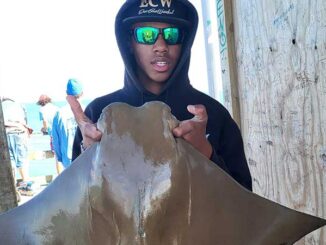

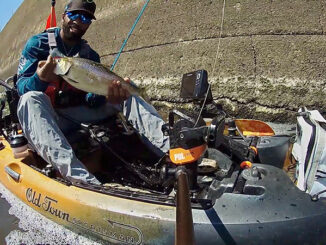

Be the first to comment